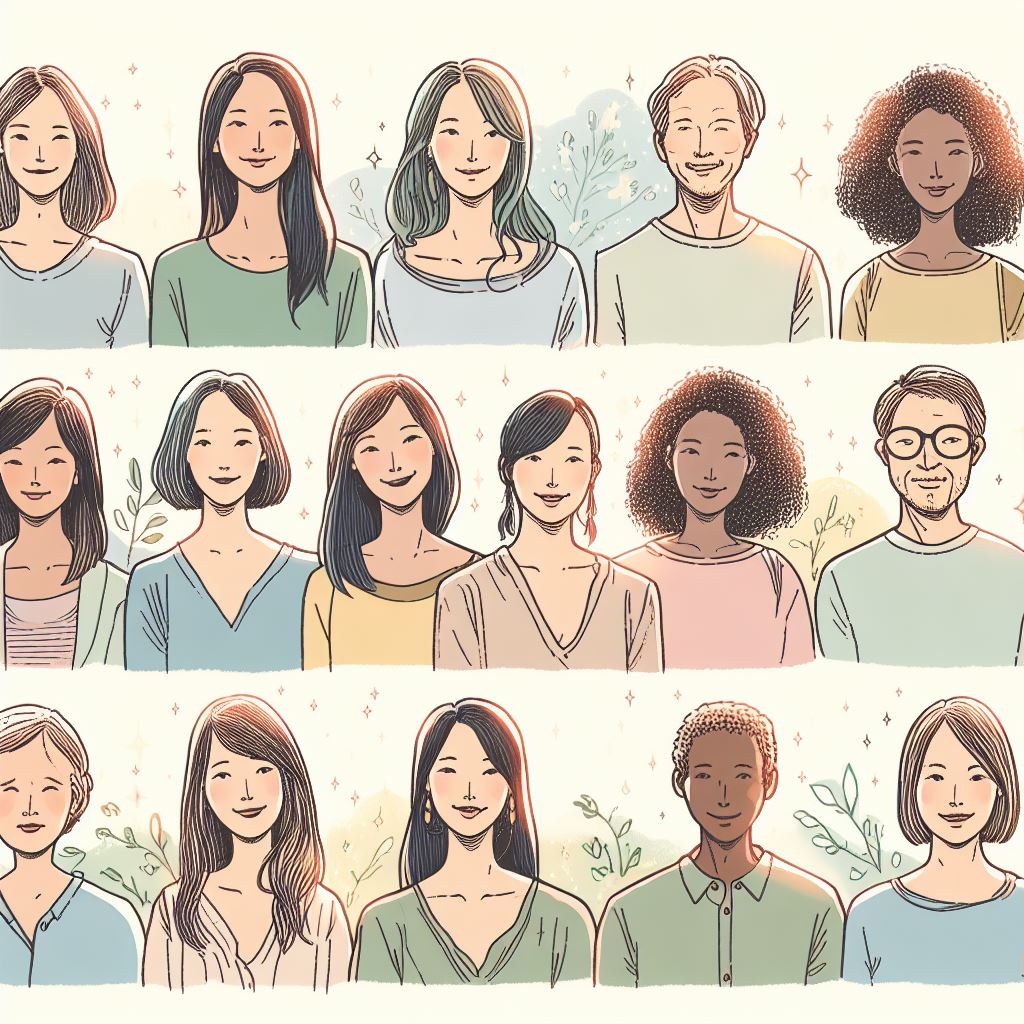Loneliness is more than just being alone; it’s a complex emotional landscape that many of us navigate at different points in our lives. Sometimes, it sneaks up on you during a solo coffee break, or it hits you in the hustle of a crowded party.
Recognizing the different types of loneliness isn’t just about labeling our feelings; it’s about understanding them so we can address them effectively. Let’s dive into these varied experiences to see which one might be echoing in your life right now.
Emotional Loneliness
Ever felt lonely in a room full of people? That’s emotional loneliness for you. It’s when you crave close, emotional connections—a best friend, a confidant, someone who gets you without words. This loneliness can linger even among friends, at family gatherings, or while posting smiling photos on social media.
It’s about quality, not quantity. Emotional connections are like vitamins for the soul, and without them, we can feel malnourished, no matter how busy our social calendar looks.
Social Loneliness
On the flip side, social loneliness happens when you feel out of sync with the larger community. Maybe you’ve just moved to a new city, switched jobs, or recently retired. These transitions can strip away our usual social circles, leaving us feeling like outsiders.
It’s not about missing deep emotional bonds but rather missing a gang to laugh with at brunch or a buddy to join a yoga class. Rebuilding these casual connections is crucial because they add a fun, light layer to our social fabric that keeps everyday life vibrant.
Situational Loneliness
Then there’s situational loneliness, the kind that comes and goes based on our circumstances. Think about being holed up at home recovering from surgery or jetting off to a three-week business trip in a foreign city. These situations can isolate us temporarily, making the world feel like it’s moving on without us. Luckily, this loneliness is often short-lived, clearing up as soon as our situation changes. It’s like weathering a storm—knowing the sun is likely just behind the clouds can make all the difference.
Chronic Loneliness
But what if that feeling doesn’t go away? That’s chronic loneliness. It’s deep, it’s durable, and it doesn’t care if you’re alone or at a party every night. This kind of loneliness feels almost like a shadow you can’t shake.
It might stem from long-standing social isolation or deeper psychological issues that don’t just clear up with a few social Band-Aids. Addressing chronic loneliness often requires more significant interventions, like therapy or structured social engagement, because it’s not just a phase; it’s a persistent echo.
Existential Loneliness
Existential loneliness is a bit more abstract. It taps into that deep-seated feeling of being fundamentally alone in the universe, pondering over life’s big questions and our purpose. It’s not about missing friends or family; it’s about confronting our existence and feeling disconnected from the broader, more universal aspects of human experience.
This type of loneliness can lead to profound personal growth and philosophical exploration as you wrestle with these existential dilemmas, finding solace in the journey of understanding rather than the arrival at definitive answers.
Strategies to Address and Understand Your Loneliness
Recognizing the type of loneliness you’re experiencing is the first step toward addressing it. Each type has its nuances and, therefore, its own set of strategies.
For emotional and social loneliness, enhancing the quality of existing relationships and broadening your social network can be beneficial. Activities that foster close connections or group involvement, like joining clubs or online communities that share your interests, can help. For situational loneliness, reminding yourself of the temporary nature of your circumstances can provide comfort and resilience. Meanwhile, chronic loneliness might require engaging with professionals for a more structured approach, involving therapy or community-based programs to build lasting social connections.
Understanding the different types of loneliness is crucial in taking the first step toward mitigating its effects. Whether you’re feeling disconnected from your inner circle, lacking a wider social network, or pondering the bigger existential questions of life, identifying the type of loneliness you are experiencing can empower you to take proactive steps towards feeling more connected.
Remember, you’re not alone in feeling lonely—everyone faces these shadows at some point, and there’s always a path that leads out into the light.
















